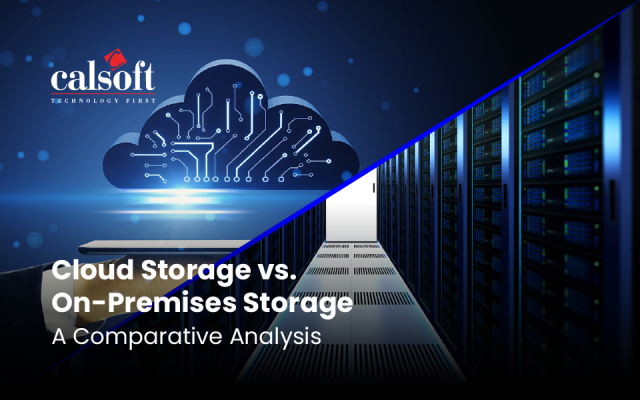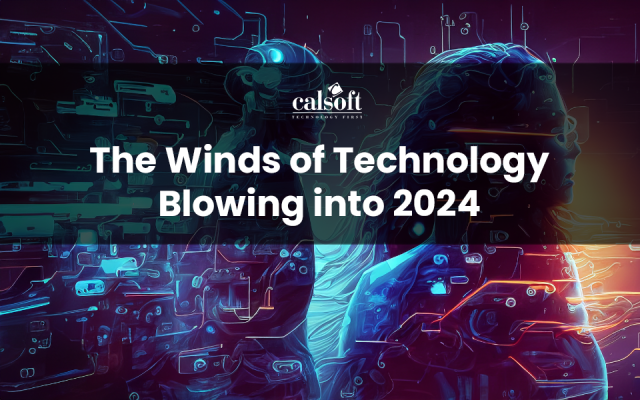In today’s world where massive data is created, it is important for enterprises to back- up their data else major business intelligence can be lost with no damage control in place. Change Block Tracking (CBT) is an incremental backup technology for VMware virtual machines (VMs). An incremental backup refers to the type of backup that only copies files that have changed since the previous backup. This is an interesting feature as lot of time and resources are saved by just backing up the blocks that have changed rather than every block of every VM in the infrastructure.
CBT requires ESX/ESXi hosts at version 4.0 or newer, VMs at virtual hardware version 7 or newer, and that I/O operations go through the ESX/ESXi storage stack. Administrators can easily enable this feature and if any block had been changed since the last backup, CBT will tag them in a CTK file along with all its information. It provides the intelligence to the vSphere or third party backup tool to copy the changed blocks and avoid the entire VM. This helps in reduction of data duplication to a very large extend.
Data storage has shifted from the traditional ways to the virtualized environments and the backup applications have to keep up with these ever changing setups:
There are two strategies for backup operations:
1. Running the backup application inside each VM
2. Running the backup application on the main host that can track VHDs of each VM.
How is CBT implemented?
CBT is implemented on the parents storage stack. A file system minifilter driver needs to be written for this that will do the following.
- Track the offset and data length written on the disk for a vhd file.
- Store these changes as incremental differences to the vhd.
- When the restore option is used, restore by using the diffs.
CBT stores the information about changed blocks for a virtual disk, in a special “-ctk.vmdk” file that is created in each VM’s home directory for each virtual disk that it is enabled on.
CBT is an advanced application that definitely improves the effectiveness and speed of virtual machines’ backup, while restoring and reapplying processes in vSphere. Many backup admins have already begun making use of this new feature and are experiencing incremental backups at a good pace which also helps them in backing up data at a continuous basis with logical time scheduling. This feature definitely brings in better times for the backup industry and assists enterprises greatly.
To know more join our webinar Logistics of Change Block Tracking (CBT) on 19th November, 2015.






